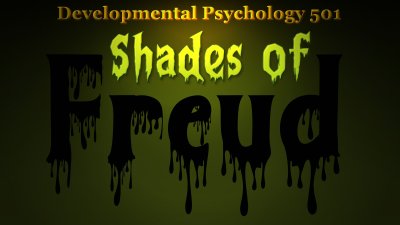
Developmental Confederate Diagnostic
11
November 2025
Part 2.1
- Using the Developmental
Confederate Diagnostic
The Developmental Confederate
Diagnostic (DCD) is designed to cut the crap-artistry out
of Psychology. Thus, such a post-modern Diagnostic tool is clinically
reductionist. The DCD has nowhere near enough detail as anyone would
like. Thus, it is actually readable by normal people in positions
of desperation who simply have not the time to deal with the DSM and
its spiral of unending, and ever more meaningless bureaucracy. The
DSM is now twice the length of the Bible! |
||
| 502 |
Thus, it is vital to note that seldom is there a case where trauma
is intense on any one phase of development. Trauma in one phase alone,
typically does not need much analysis, because a complex seldom forms
on only one phase. This is because most people get through such simple
neuroses without permanent scarring to the personality. Its not so
much the intensity that causes long-term scarring, but instead many
traumas compounding into one another. |
||
Part
2.2
The Competition is Not Fit for Survival
A
list of all the complexes of post-traumatic stress, would be too verbose
to be meaningful. Thus, the earliest phases get the most attention,
as they are foundational to the development of the psyche. |
||
Part
2.3
Table of Mental Problems
Developmental Confederate Diagnostic
Version 2.001
|
||||||||||||||||||||||||||||||||||||||||||||||||||||||
Part
2.4
Classical Complexes
1st
phase development disorders are more physical than psychological,
and are therefore not of immediate interest. Typically, real psychological
problems begin in the 2nd phase. But problems in
any one phase, very often have a domino effect, causing the next phase
to be stagnated, or elongated. |
||
Part
2.5
Freud's Legacy is in the Infantry.
Freud's
assertion that preschoolers have gender, separate from physical sexual
development, is something that has caused contention for reasons best
described as collective emotional trauma. |
||
Part
2.6
Dealing with Personality Breakdown
On
the other hand you may like to try the Jungian approach. It is a more
delicate alternative, but is only meaningful if you are going to spend
a few consecutive years in therapy, or get yourself a Psychology degree
or three. Jung is more thorough, but far slower. |
||
Developmental Psychology 500 Lectures :
|
|||||||||
|
|
||
 |
 |
 |
The lion's share
of what accounts for truth is:
sheer courage of conviction.
^ top of page ^

